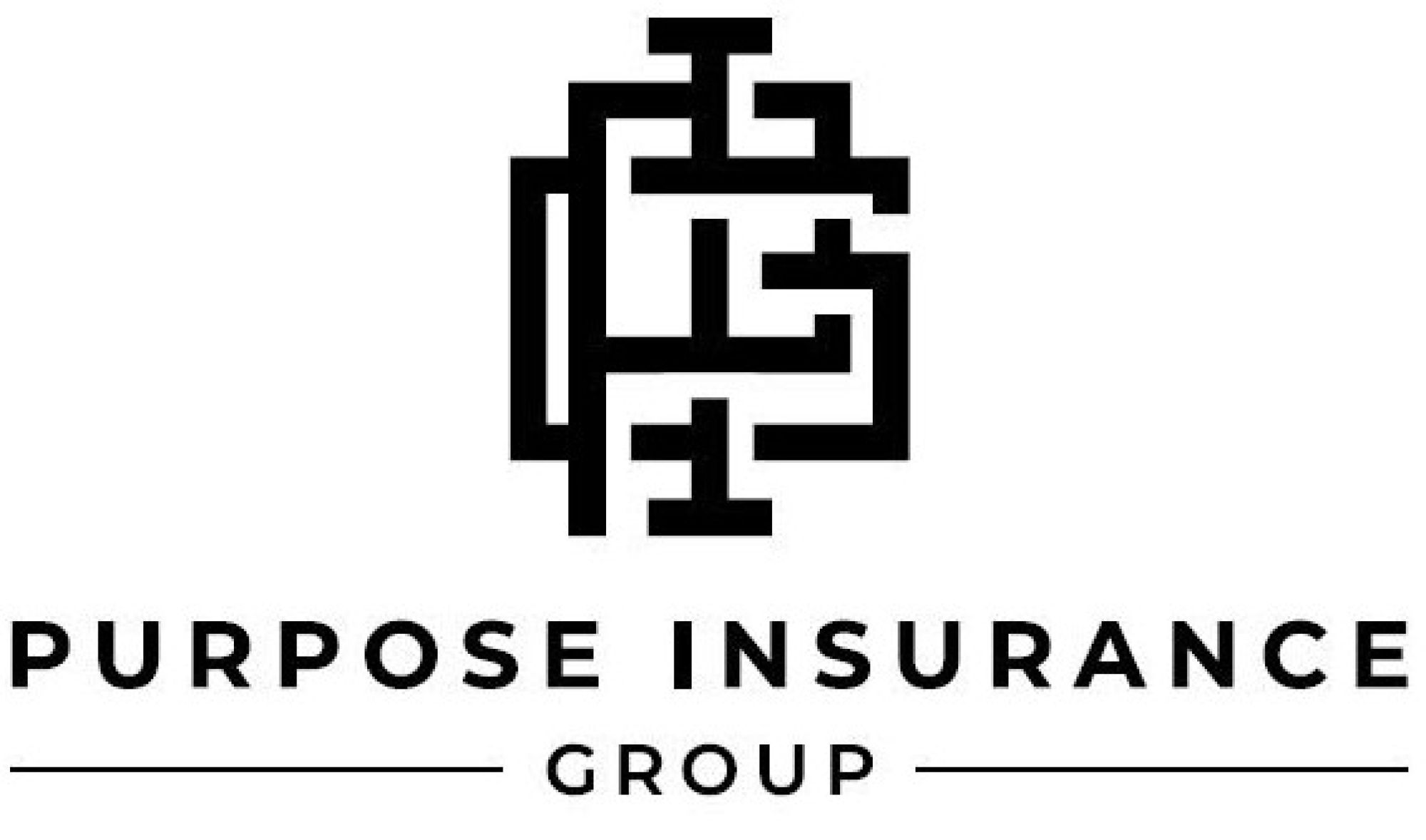Pacific Prime - Questions
Pacific Prime - Questions
Blog Article
Pacific Prime Fundamentals Explained
Table of ContentsThe smart Trick of Pacific Prime That Nobody is DiscussingThe Single Strategy To Use For Pacific PrimeThe Of Pacific PrimeThe Best Strategy To Use For Pacific PrimeFacts About Pacific Prime Revealed

This is due to the fact that the data were collected for a period of strong economic efficiency. Of the approximated 42 million individuals that were without insurance, all but concerning 420,000 (concerning 1 percent) were under 65 years old, the age at which most Americans end up being eligible for Medicare; 32 million were adults in between ages 18 and 65, around 19 percent of all grownups in this age group; and 10 million were children under 18 years old, regarding 13.9 percent of all kids (Mills, 2000).
These estimates of the number of individuals without insurance are created from the annual March Supplement to the Present Population Study (CPS), carried out by the Demographics Bureau. Unless otherwise kept in mind, national quotes of people without health and wellness insurance policy and percentages of the population with various type of insurance coverage are based upon the CPS, the most extensively used resource of price quotes of insurance policy protection and uninsurance rates.
The Only Guide to Pacific Prime

Still, the CPS is particularly valuable because it generates yearly quotes relatively rapidly, reporting the previous year's insurance protection approximates each September, and due to the fact that it is the basis for a consistent collection of quotes for greater than two decades, enabling evaluation of fads in coverage in time. For these reasons, along with the considerable use of the CPS in various other studies of insurance coverage that exist in this record, we depend on CPS price quotes, with constraints noted.

The quote of the variety of without insurance individuals increases when a populace's insurance coverage standing is tracked for a number of years. Over a three-year duration starting early in 1993, 72 million people, 29 percent of the U.S. https://on.soundcloud.com/Boznd6XKBGjyrspT8. population, lacked insurance coverage for at the very least one month. Within a single year (1994 ), 53 million people experienced at the very least a month without insurance coverage (Bennefield, 1998a)
6 out of every ten uninsured grownups are themselves utilized. Although functioning does enhance the possibility that a person and one's family members will certainly have insurance, it is not an assurance. Also members of households with two full-time breadwinner have practically a one-in-ten chance of being without insurance (9.1 percent uninsured price) (Hoffman and Pohl, 2000).
The Only Guide for Pacific Prime
New immigrants make up a significant percentage of individuals without medical insurance. One analysis has actually attributed a considerable content part of the current growth in the size of the U.S. without insurance population to immigrants who arrived in the country in between 1994 and 1998 (Camarota and Edwards, 2000). Recent immigrants (those that came to the USA within the past 4 years) do have a high rate of being without insurance (46 percent), but they and their youngsters make up simply 6 percent of those without insurance coverage country wide (Holahan et al., 2001).
The relationship between health and wellness insurance coverage and access to care is well developed, as documented later in this chapter. The relationship between health insurance coverage and health and wellness end results is neither straight nor basic, a comprehensive clinical and wellness services research literary works web links health and wellness insurance policy protection to improved accessibility to care, much better high quality, and enhanced personal and population wellness standing.
Degrees of analysis for analyzing the impacts of uninsurance. It focuses specifically on those without any health and wellness insurance policy for any size of time.
The Only Guide for Pacific Prime
The troubles encountered by the underinsured are in some areas comparable to those dealt with by the uninsured, although they are generally less severe. international travel insurance. Uninsurance and underinsurance, nevertheless, entail noticeably various policy concerns, and the techniques for resolving them may vary. Throughout this research study and the 5 records to adhere to, the primary emphasis gets on persons without medical insurance and thus no support in paying for healthcare past what is offered through charity and safeguard organizations
Medical insurance is a powerful factor affecting receipt of care because both individuals and physicians react to the out-of-pocket price of solutions - https://www.quora.com/profile/Freddy-Smith-136. Medical insurance, however, is neither needed neither sufficient to gain accessibility to clinical services. Nevertheless, the independent and direct result of health and wellness insurance coverage on accessibility to wellness solutions is well established.
Others will obtain the healthcare they need also without health and wellness insurance coverage, by paying for it expense or seeking it from providers who offer treatment totally free or at extremely subsidized prices. For still others, medical insurance alone does not guarantee invoice of treatment due to various other nonfinancial barriers, such as an absence of health treatment carriers in their neighborhood, restricted accessibility to transportation, illiteracy, or linguistic and cultural distinctions.
The Main Principles Of Pacific Prime
Official research concerning without insurance populaces in the USA dates to the late 1920s and early 1930s when the Committee on the Expense of Treatment produced a series of reports about financing medical professional office check outs and hospitalizations. This issue became salient as the varieties of medically indigent climbed during the Great Anxiety.
Report this page